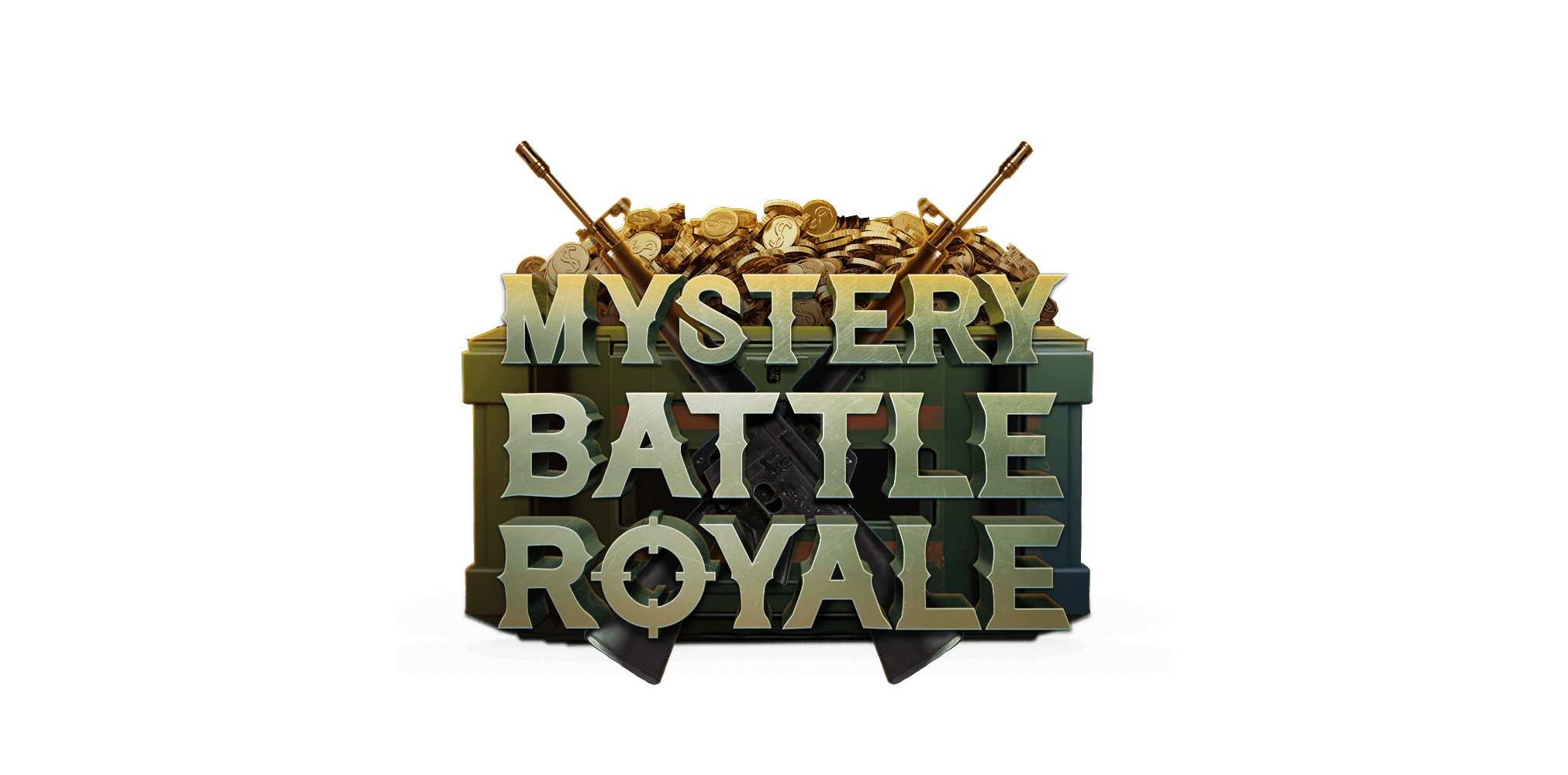
Poker tournaments provide a great opportunity to buy into an event and win a large sum. Naturally, they are gaining popularity among players and capturing a significant market share. However, you must have the knowledge and skills to maximize the opportunity.
Besides knowing how to play poker online, you must understand poker tournament structures, format, payouts, and more. This blog will cover all that and more, so the next time you buy into an event, you have a significant chance of winning.
Structure of a Poker Tournament
First and foremost, let’s talk about the structure of a poker tournament. These tournaments follow several different structures. Each one varies in the structure of blinds, the formality of the game, and their limit. Here are some of the common poker tournament structures to know about:
Knock Out Tournaments
The most common type of poker tournament structure is knockout. After paying a buy-in, each player receives a set amount of chips, and participants are randomly assigned to tables, with no more than 10 players per table.
As the game progresses and players are eliminated, the remaining participants are redistributed to balance the tables. As blinds increase in the later stages, players must play more hands to avoid elimination. Higher blinds lead to aggressive moves, such as going all-in with weaker hands.
Players must adjust their hand requirements, as waiting for premium hands can result in being blinded out. When 10 players are left, they move to the final table, where significant prizes are awarded, and the game continues until one player holds all the chips and wins.
No-Limit Tournament
When it comes to an aggressive game and high stakes, no-limit tournaments are the popular choice. The players can wager all their chips at any point in the game, making it a risky but thrilling experience.
Despite the freedom in betting, the blind structure remains the same as in other tournament formats, and value betting plays a significant role.
Limit Tournaments
In a limited poker tournament structure, betting is restricted, or "capped," as opposed to the more common no-limit format where players can bet all their chips at any time. Limit tournaments impose a maximum amount players can bet during each hand.
These tournaments can follow a knockout or shootout structure and tend to appeal to newer players as the betting cap provides some protection against going bust too quickly.
Shootout Tournaments
Shootout tournaments differ from regular knockout tournaments. In a shootout tournament, the players are not moved around to balance tables after eliminations. Instead, each table plays until only one player remains.
The winners from each table then compete against one another until there is one overall winner. While less common on online poker platforms, shootout tournaments provide a unique structure compared to standard knockout tournaments.
Re-Buy Tournaments
In re-buy tournaments, players typically start with 1,500 chips, but during the first hour, they can purchase additional chips if their stack falls below the starting amount. This re-buy period usually lasts an hour (sometimes an hour and a half), after which there is often a short break where players can purchase an add-on, increasing their chip stack before resuming play. After the re-buy period ends, the tournament shifts to a knockout format.
While some players dislike the re-buy option because it encourages loose play, it remains common in many top tournaments. However, loose play also provides an opportunity to build a solid stack by capitalizing on the aggressive behavior of players willing to gamble heavily in the early stages.
Poker Tournament Blind Structure Theory
Another thing to understand besides the game structure is the poker tournament blind structure. So, what is a blind? A blind is a bet placed by the players to the dealer’s left, before the start of each hand. There are two blinds in every game, a big and a small.
The blind structure is an agreement between the participants that determines how much the blinds will increase in each round and how long each round will last. The poker tournament blind structure is usually decided by the tournament organizer before the event starts.
How Do You Calculate a Poker Tournament Blinds Schedule?
The blind structure, or schedule, is a crucial aspect of any poker tournament. A well-designed structure features gradual increases in blinds at each level and ensures the tournament finishes on time. To properly calculate a blind schedule, follow these steps:
Divide the starting chip amount by 50 or 100 to determine your initial big blind.
Set the big blind equal to the starting chip amount for the time you want the tournament to end, which will be your final anticipated blind.
Structure the middle levels so the blinds steadily increase from the first big blind to the final one, keeping the first few levels low to help new players get familiar without too much risk.
Include a few extra blind levels as a precaution.
Poker Tournament Payout Structure
Now that we understand the game, let’s discuss poker tournament payout structures. Typically poker tournament payouts are classified into two structures, either conservative or top-heavy.
The conservative structure makes way for the majority of entries to receive some payout. On the other hand, in the top-heavy poker tournament payout structure higher amounts go to a limited number of participants who finish in the top positions.
Poker players commonly prefer the top-heavy structure as it presents the opportunity to win bigger bucks. Many players refer to this as chasing their ‘one time’.
Top-Heavy Payout Structure
A top-heavy poker tournament prize structure pays only 10% of all the players. The winner usually takes home about 35% of the entire price pool. The remaining payouts decline in amount as we move down the finishing ranks. Almost every time, the winner gets double the amount compared to the runner-ups.
Single-table tournaments use traditional payout structures. In a standard STT with around 10 participants, the most common payout format awards the top 3 finishers with 50%, 30%, and 20% of the prize pool. In 6-player shorthanded events, the prize pool is typically split 60% to the winner and 40% to the runner-up.
Conservative payout structure
The other poker tournament prize structure is the conservative structure. It pays out money to about 25% of the entries. The first participants who make it to the prize pool may receive close to double their buy-in. Players who finish at higher ranks tend to grab a significant profit.
In the flat poker tournament prize structure, the winner can cash out up to 20% of the prize pool.
Conclusion
Poker tournaments offer a thrilling opportunity to turn your buy-in into a big win. Understanding various game structures, and the corresponding payout formats, can make all the difference in your strategy.
So, the next time you sit down to play, you’ll be better prepared to maximize your performance and, potentially, your winnings. Good luck at the tables!

















